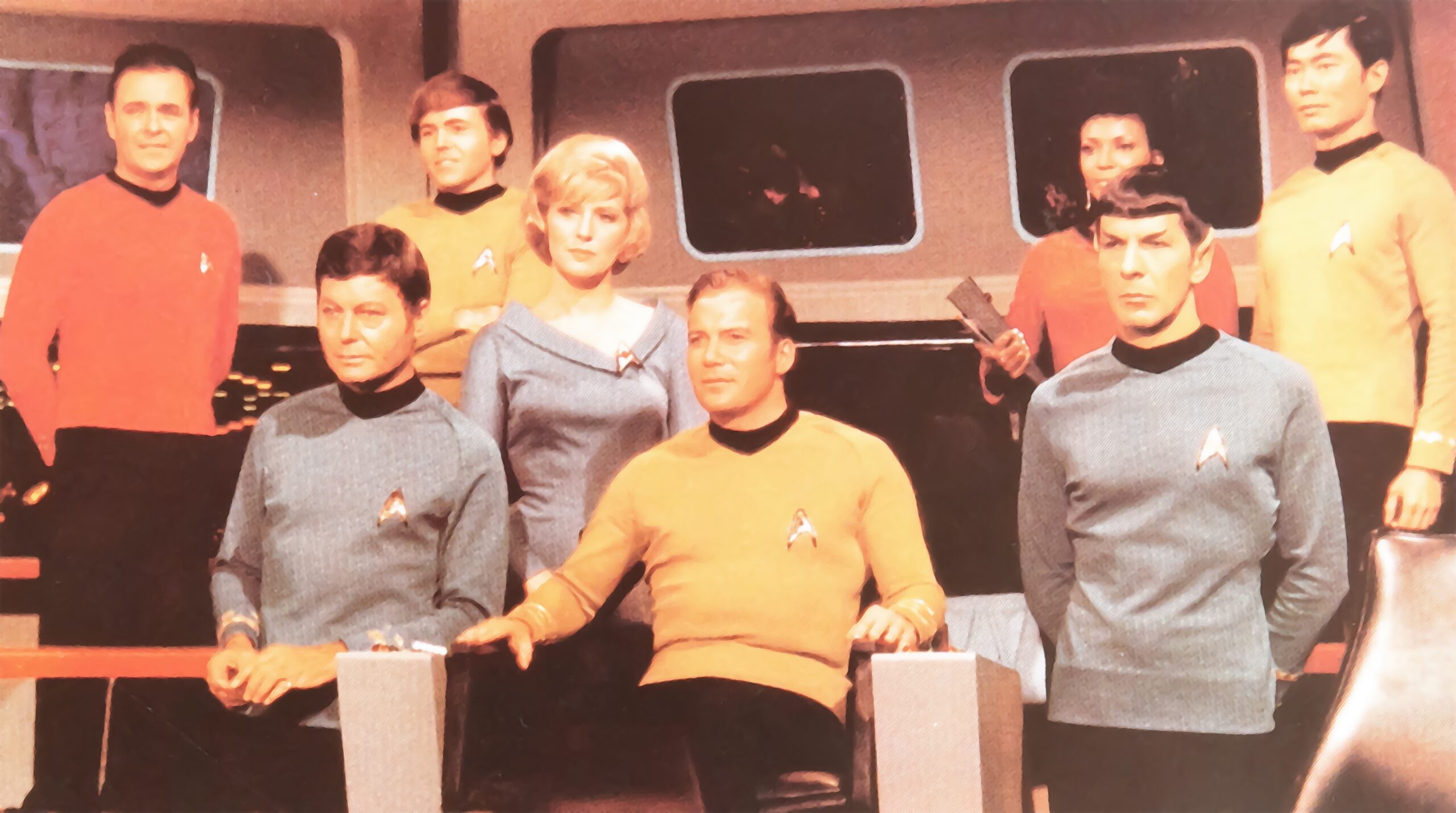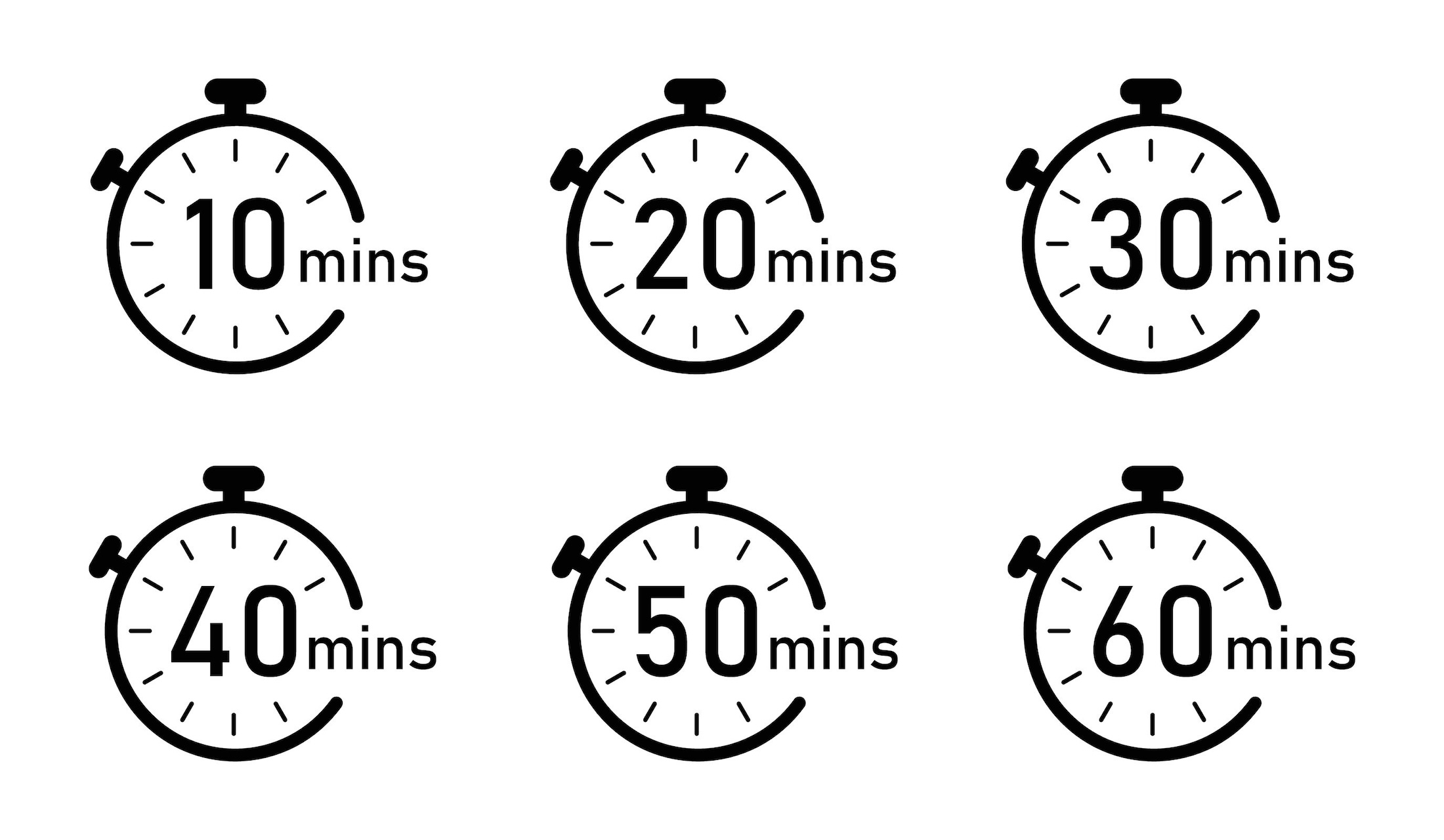What does an old Star Trek episode tell us about how we can communicate more effectively across cultural divides? And does using metaphor mean risking less —rather than more — accessibility and clarity?
Aristotle has a lot to say when it comes to metaphor. In Rhetoric, he cites it as the most pleasant way to learn, also saying: “all people carry on their conversations with metaphors and words in their native and prevailing meanings.”
The point, Aristotle says, is that metaphor is natural and native to human discourse.
Let’s take a leap of faith into science fiction and fast forward a few thousand years to the future universe of Star Trek: The Next Generation. Specifically, the episode entitled “Darmok.” Why? Because it has a fascinating lesson to teach us and illustrates what the ancient philosopher said perfectly.
The intrepid crew of the starship Enterprise come across a society where the people conduct their conversations using metaphor—and only metaphor— to express their ideas. The setup is standard sci-fi fare: alien distress call, response by our protagonists, follow the hero’s journey of discovery, setback and redemption, save the day, learn a lesson.
Beyond the plot arc and the sci-fi trappings, there is an intriguing idea at the core of the episode that has prompted commentary from academics and communications thinkers. While the aliens they encounter can speak “English” (thanks to the ship’s universal translator), they do so in phrases that are unintelligible. They speak using language that commentators have described as metaphor, mythic image, a form of allegory, or even symbol.
For example, the alien captain (by the name of Dathon), repeatedly and increasingly frustratedly, affirms “Darmok and Jalad at Tenagra!” to our Captain Picard, to whom this means nothing. In fact, these kinds of phrases are all the alien leader uses in his attempts to communicate. The pair have been transported to the surface of an unknown planet to face some kind of trial in a life-threatening environment. But Dathon does not have a denotative language like “You and I are in danger.” For his part, Picard has no context in which to embed the references he is given.
Of course, over the course of the show Picard figures out what his counterpart is getting at. Darmok is a mythic hero to the alien people, Jalad was his enemy. On Tanagra, an island where danger lurked, they joined forces and prevailed. “We have to work together!” Picard exclaims out loud; he has cracked the code and acts accordingly. Aristotle would be proud.
So, returning to the present day, how does this contribute to engaging with audiences, persuading and aligning people?
The fact is, speakers often behave just like Dathon and his people. They use symbols, images and metaphors they take for granted, assuming their meaning is available to the audience. For instance, they’ll refer to the “the tortoise and the hare.” However, there’s no way to be certain there’s not a cultural Picard in the audience, wondering what the reference means.
Indeed, in the Star Trek episode, the Enterprise psychologist explains the aliens’ way of communicating: “It’s like us saying ‘Juliet on her balcony’.” And she’s right. But she herself presumes that everyone she is speaking to knows the Shakespearean reference, or at least some version of it, and therefore understands the meaning: doomed love. Metaphor is a shortcut, and as we all know, shortcuts can make for long delays.
That’s not to say it’s impossible to use metaphor. It means the communicator has to assess what cultural or social references the audience knows.
Does your audience know (or care about) references to cricket, baseball, hockey (field or ice?), rugby, boxing? They probably don’t all watch the same TV shows, read the same books, or have similar educations. Aesop (the Ancient source of fables like The Tortoise and the Hare, or The Sour Grapes, or the Goose and the Golden Eggs) is a source of symbol and/or metaphor to some, and complete bafflement to others.
As communications advisors, we encourage metaphorical structures as one of the arrows in your communications quiver. The charged symbolism of the metaphor that the alien uses carries more emotional weight and urgency than “we need to fight together to pass this test.” Picard is attempting to exchange information with Dathon. Dathon, however, is trying to persuade Picard, and the language he uses supports that. That’s what lies behind the cues that are “Darmok,” “Jalad,” and “Tenagra”—or indeed “Juliet,” and “balcony”—a shared story. The images themselves prompt a recognition, calling up the story that we understand immediately and fit to current circumstances, but only if we are aware of the implications of the words.
And that is what Aristotle means when he talks about metaphor providing a way of pleasurable learning. Metaphor, allegory, and simile all take something which we do not fully understand, or see, and create a parallel that enables us to understand: quickly and, yes, pleasurably. Look closely at even the most upright of financial reporting, and you’ll start to see these language short-cuts popping up everywhere, because they provide understanding and memorability in just a few words.
Captain Picard ends the episode reading Homer, certain that we need to be more in touch with our own mythology and how we can use its shared legacy. Unseen, Captain Dathon is probably deep in a book on theoretical physics.





